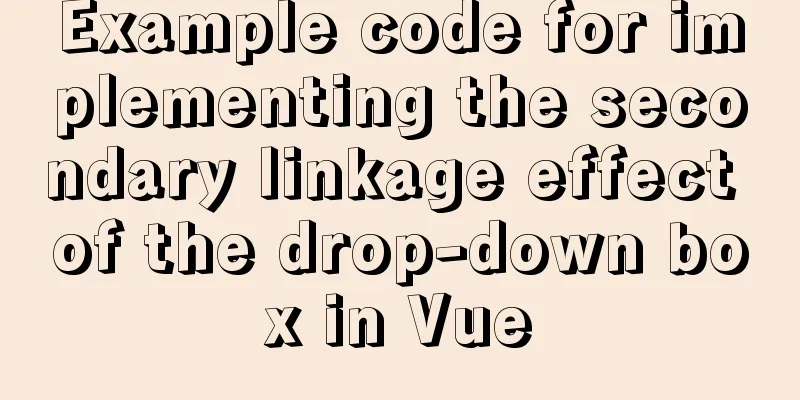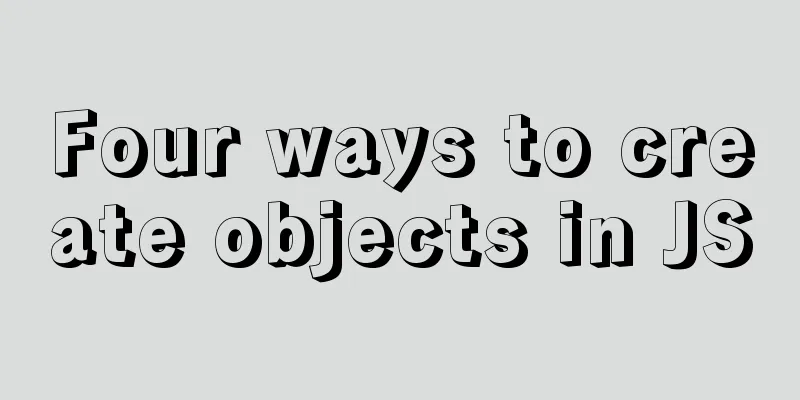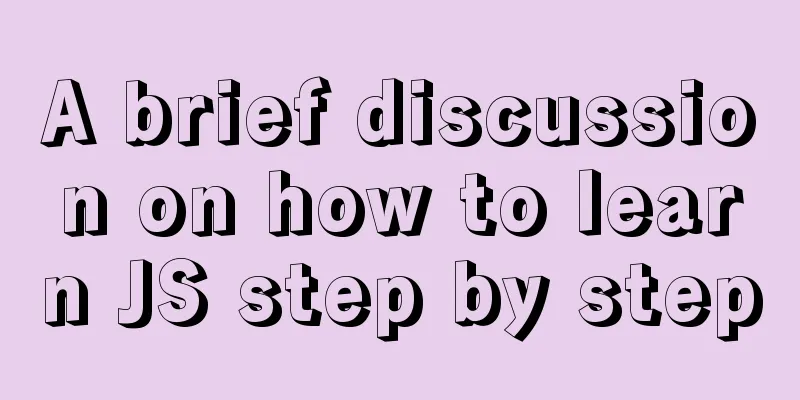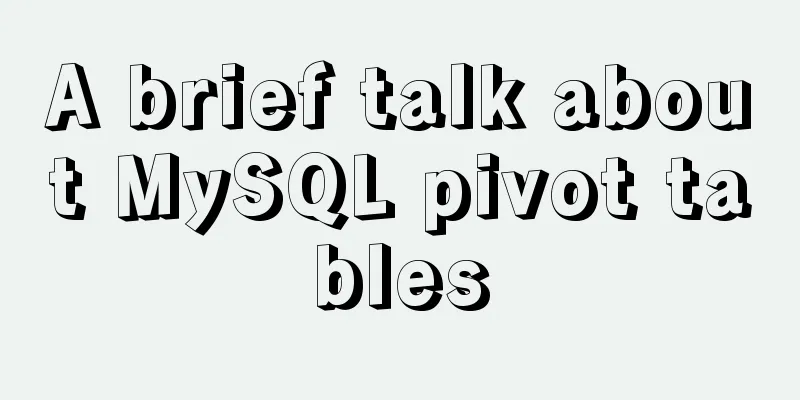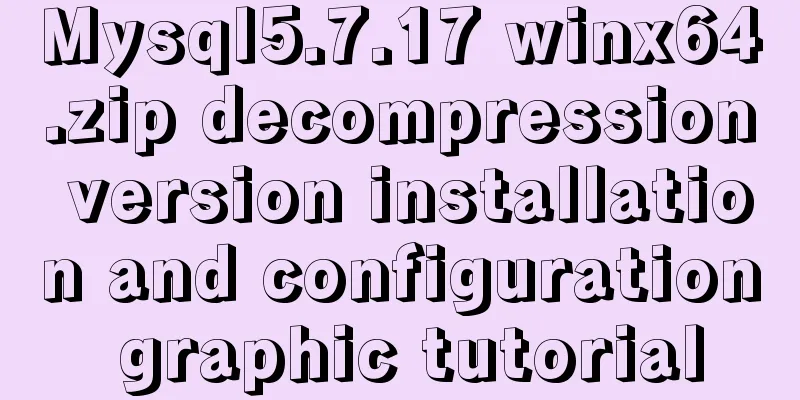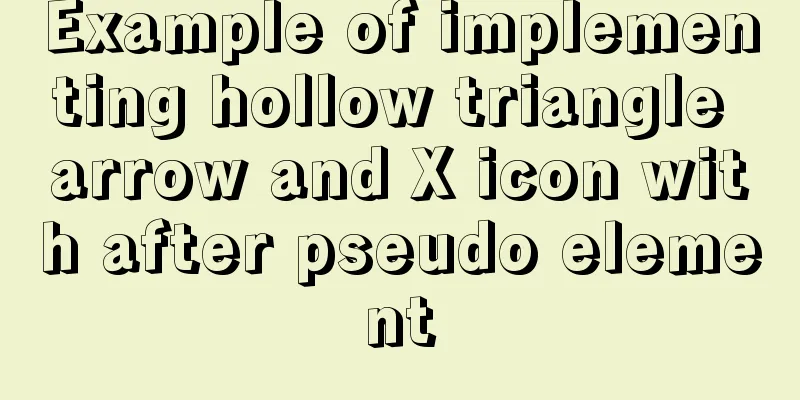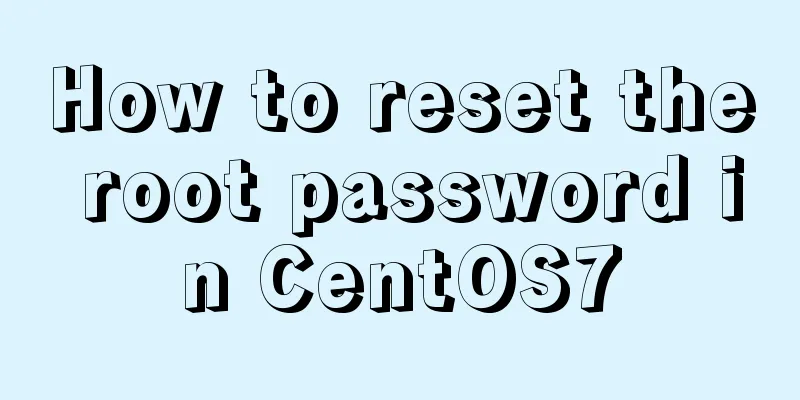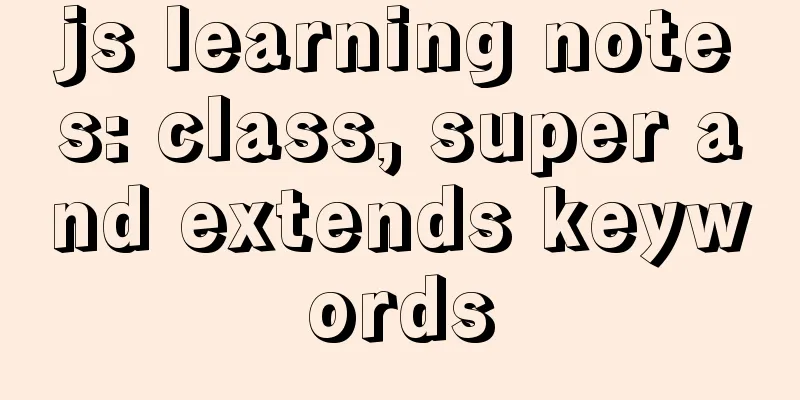How does Vue implement communication between components?
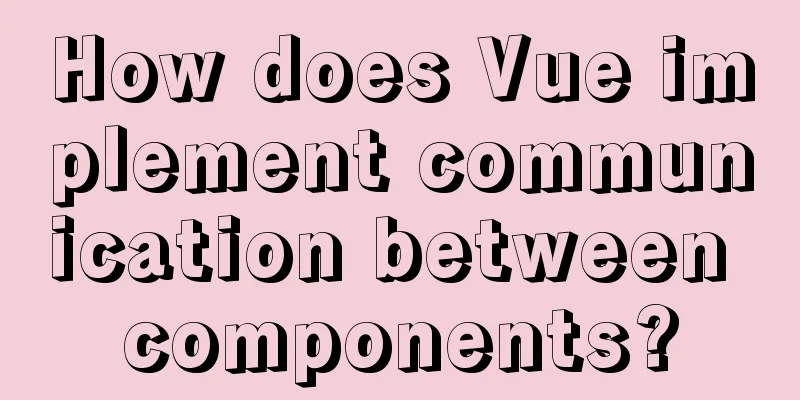
1. Communication between father and sonThe most common communication is between father and son, which is a two-way data transmission. 1.1 Parent component --> Son componentThe way a parent component passes data to its child component is to pass data to the child component through Prop.
//child.vue
<template>
<div>
I am the son, and I received the data from my father as {{value}}
</div>
</template>
<script>
export default {
props:{
value: String
}
}
//App.vue
<template>
<div id="app">
<Child :value="x" />
</div>
</template>
<script>
import Child from './components/Child'
export default {
data(){
return {
x: 'hi,child'
}
},
components:{
Child
}
}
</script>1.2 Son component --> parent componentThe way the child component passes data to the parent component is to trigger a custom event through $emit in the child component. When the child component is used, v-on is bound to listen for the custom event. The v-on event communication here is automatically listened to as the event attribute of the subcomponent when it is used by the subcomponent. Therefore, the child component passes data to the parent component, depending on the custom event attributes used by the child component.
//child.vue
<template>
<div>
I am the son, and I received the data from my father as {{value}}
<button @click="sayHi">
Say hello to the parent component</button>
</div>
</template>
<script>
export default {
props:{
value: String
},
methods:{
sayHi(){
this.$emit('sayHi','hi,parent!');
}
}
}
</script>
//App.vue
<template>
<div id="app">
I am the parent component, and the data I receive from the child component is {{y}}
<Child :value="x" @sayHi="y = $event"/>
</div>
</template>
<script>
import Child from './components/Child'
export default {
data(){
return {
x: 'hi,child',
y: ''
}
},
components:{
Child
}
}
</script>
2. Communication between grandfather and grandsonFor communication between grandfather and grandson, two v-on communications can be used, grandfather to father communication, and then father to son communication. You can also use any of the following inter-component communication methods. 3. Communication between any componentsThe communication between any components no longer distinguishes whether it is A communicating with B or B communicating with A. Instead, it is a universal way. Whoever wants to send data uses the corresponding API to send data, and whoever wants to receive data uses the corresponding API to receive it. There are two ways to communicate between any components. One is to use EventBus publish-subscribe mode communication, and the other is to use Vuex communication. 3.1 EventBusEventBus, literally means event bus. All data transmitted by triggered events are saved on the bus from the front door, and then the corresponding event data is allowed to get off the bus by listening to the exit provided by the corresponding event. EventBus actually means the publish and subscribe mode, that is, whoever wants to pass data out must publish the data through the API that triggers the custom event; whoever needs to receive the data information must monitor the data through the event monitoring API. Once the monitored data is detected to be published, it will be received. This is data subscription. The most important thing about EventBus communication is to understand the publishing and subscription APIs. In Vue, the Vue instance provides two interfaces, const eventBus = new Vue(); eventBus.$emit(eventName, […args]) //Publish event eventBus.$on(event, callback) //Subscribe to event The following are examples: // eventBus.js import Vue from 'vue' export const eventBus = new Vue();
//child
<template>
<div>
I am the son and I received the data from my father as <strong>{{value}}</strong>
<button @click="sayHi">
Say hello to the parent component</button>
<button @click="sibling">
Say hello to sibling components</button>
</div>
</template>
<script>
import {eventBus} from '../eventBus.js'
export default {
props:{
value: String
},
methods:{
sayHi(){
this.$emit('sayHi','hi,parent!');
},
sibling(){
eventBus.$emit('sibling','hi,brother');
}
}
}
</script>
<style scoped>
strong{
color: red;
}
</style>
//sibling
<template>
<div>
I am a brother component, and the data information I receive from the son component is <strong>{{x}}</strong>
</div>
</template>
<script>
import {eventBus} from '../eventBus.js'
export default {
data(){
return {
x: ''
}
},
mounted(){
eventBus.$on('sibling', (msg)=>{
this.x = msg;
})
}
}
</script>
<style scoped>
strong{
color: green;
}
</style>
//parent
<template>
<div id="app">
I am the parent component, and the data I receive from the child component is <strong>{{y}}</strong>
<Child :value="x" @sayHi="y = $event"/>
<Sibling></Sibling>
</div>
</template>
<script>
import Child from './components/Child'
import Sibling from './components/Sibling'
export default {
data(){
return {
x: 'hi,child',
y: ''
}
},
components:{
Child,
Sibling
}
}
</script>
<style scoped>
strong{
color: blue;
}
</style>
Regarding EventBus, there may be a question: since there are $emit and $on in the Vue instance, why not just use this.$emit to trigger events and this.$on to receive events? You also have to have an extra empty instance eventBus = new Vue(). That's because each component in Vue is a separate Vue instance. If you trigger the emit event of this instance in this Vue instance, the on event of another instance cannot be received. How can event communication be carried out if you are not on the same bus? Therefore, a public bus is necessary, which is the event bus. The usage of eventBus in the above example is local eventBus. Anyone who wants to use eventBus needs to introduce it manually. You can also make eventBus global, such as hanging it on the prototype of vue.
//main.js
import Vue from 'vue'
import App from './App.vue'
Vue.config.productionTip = false
Vue.prototype.$eventBus = new Vue(); //Add this sentence, it must be before the new Vue below.
new Vue({
render: h => h(App),
}).$mount('#app')
//child
sibling(){
this.$eventBus.$emit('sibling','hi,brother');
}
//sibling
mounted(){
this.$eventBus.$on('sibling', (msg)=>{
this.x = msg;
})
}In addition to the above method of adding properties to the Vue prototype, you can also use Object.defineProperty() to add properties to the Vue prototype.
import Vue from 'vue'
import App from './App.vue'
Vue.config.productionTip = false
let eventBus = new Vue()
Object.defineProperty(Vue.prototype,'$eventBus',{
get(){
return eventBus
}
})
new Vue({
render: h => h(App),
}).$mount('#app')3.2 VuexCommunication between Vue components can also use a state management mode developed specifically for vue.js applications: Vuex. The use of Vuex is relatively complicated, see the Vuex blog for details. Vuex is suitable for state management of large and complex Vue projects. For some small and medium-sized applications, you can customize the store mode according to the principle of Vuex for state management. For details on vue custom state management, see Vue Simple State Management - Store Mode Blog. Whether it is Vuex or custom store mode, the principle of realizing communication between components is achieved by sharing data. Components use the same data source. When one component changes its data, the data source that another component depends on also changes. The above is the details of how Vue implements communication between components. For more information about communication between Vue components, please pay attention to other related articles on 123WORDPRESS.COM! You may also be interested in:
|
<<: How to analyze SQL execution plan in MySQL through EXPLAIN
>>: Nginx rush purchase current limiting configuration implementation analysis
Recommend
Detailed explanation of nginx optimization in high concurrency scenarios
In daily operation and maintenance work, nginx se...
Tutorial on installing MySQL 8.0.11 using RPM on Linux (CentOS7)
Table of contents 1. Installation preparation 1. ...
How to configure anti-hotlinking for nginx website service (recommended)
1. Principle of Hotlinking 1.1 Web page preparati...
Solution to mysql failure to start due to insufficient disk space in ubuntu
Preface Recently, I added two fields to a table i...
Tutorial on deploying multiple servers with WebApi and configuring Nginx load balancing
01PARTCoreWebApi tutorial local demonstration env...
Ubuntu Server 18.04.5 LTS Server Edition Installation and Configuration Graphic Tutorial
1. Ubuntu Server 18.04.5 LTS system installation ...
js to achieve interesting countdown effect
js interesting countdown case, for your reference...
About the pitfalls of implementing specified encoding in MySQL
Written in front Environment: MySQL 5.7+, MySQL d...
Windows Server 2008 64-bit MySQL5.6 installation-free version configuration method diagram
1 Download the MySQL 5.6 version compressed packa...
Analysis of the locking mechanism of MySQL database
In the case of concurrent access, non-repeatable ...
How to quickly install tensorflow environment in Docker
Quickly install the tensorflow environment in Doc...
Use of Linux bzip2 command
1. Command Introduction bzip2 is used to compress...
Use .Htaccess to prevent malicious IP attacks on websites, prohibit access to specified domain names, prohibit machine crawlers, and prohibit hotlinking
A few days ago, I discovered that my website was ...
mysql5.7.17 installation and configuration example on win2008R2 64-bit system
123WORDPRESS.COM has explained to you the install...
What knowledge systems do web designers need?
Product designers face complex and large manufactu...


